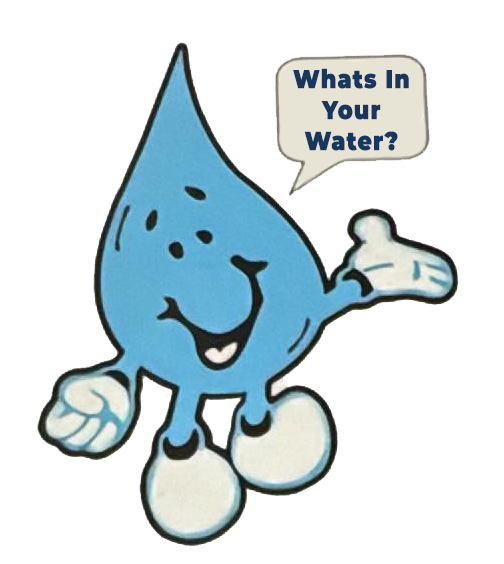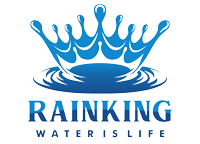Water Filters: The Essential Tool for Emergency Preparedness
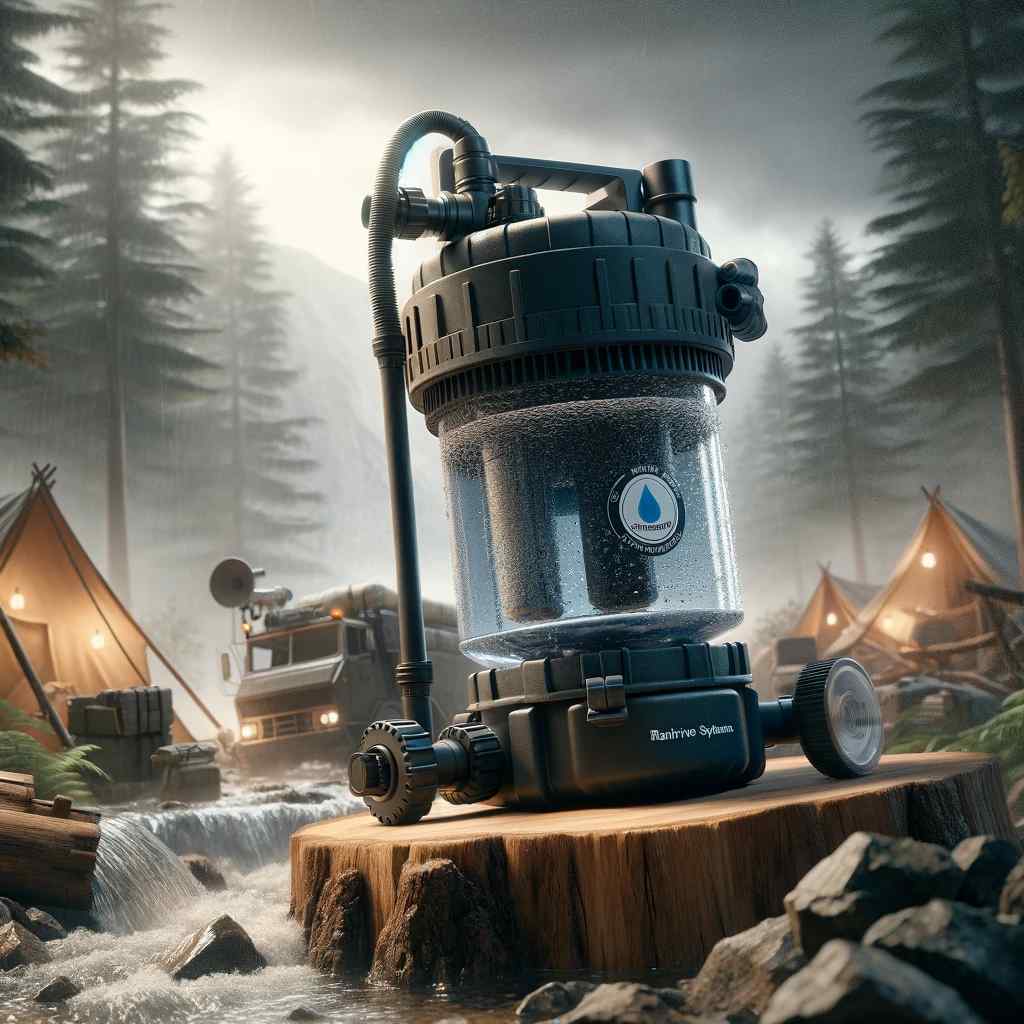
In today’s uncertain world, it’s more important than ever to be prepared for emergencies. Whether it’s a natural disaster or a global crisis, having the necessary tools and supplies can make all the difference in keeping you and your loved ones safe.
Unveiling the Magic: From Calcium to Sodium – How Water Softeners Work

Have you ever wondered how water softeners work their magic, transforming hard water into soft and silky goodness? It’s a fascinating process that involves a little bit of chemistry, a touch of magic, and a whole lot of science. In this blog post, we will unravel the mystery behind water softeners and delve into the intricate journey from calcium to sodium.
Water softeners play a crucial role in improving the quality of our water, making it more pleasant to use and beneficial for our daily needs. But what exactly happens when hard water passes through these magical devices? How do they manage to remove those pesky minerals that cause limescale buildup and reduce soap’s effectiveness?
Get ready to embark on a captivating exploration of water softeners as we dive deep into the inner workings of these remarkable machines. From the moment hard water enters the softener, a series of ingenious steps are set in motion, ultimately leading to the removal of calcium and other mineral deposits, leaving you with gloriously soft water.
We’ll examine the different components of a water softener and explain how each one contributes to the overall process. Along the way, we’ll also reveal the extraordinary transformation from calcium to sodium, highlighting the key role it plays in water softening. So, whether you’re a chemistry enthusiast or simply curious about how your water is magically transformed, join us on this enchanting journey to uncover the secrets of water softeners.
Unlocking the Benefits of Water System Tools: Streamline Your Processes Now
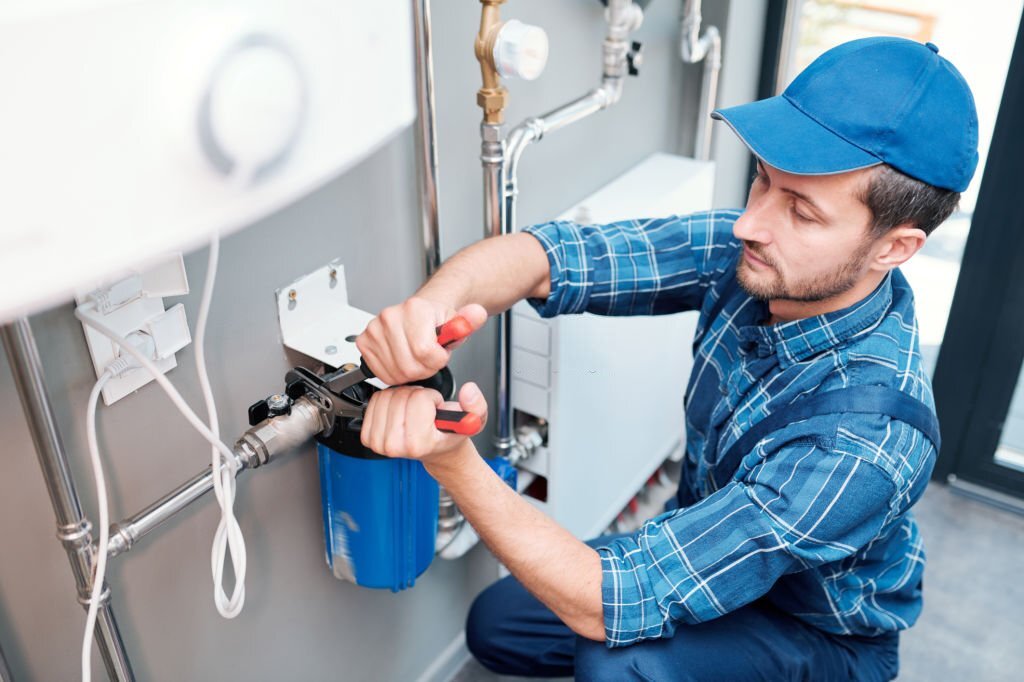
Water systems are a complex web of pipelines, pumps, and valves that govern the way water is delivered to homes and businesses. As technology advances and the need for efficient and safe water delivery increases, so too does the necessity of water system tools. From pipes to pumps, the range of water system tools that are available can be overwhelming. But any business or homeowner who relies on access to clean water knows that having the right tools is essential.
For anyone unfamiliar with water system tools, the idea of using them can be intimidating. However, these tools are designed to make water delivery more efficient and safer. With the right resources, tools, and knowledge, streamlining your water system processes is achievable. Knowing which water system tools to use to improve the safety and reliability of your pipeline system can save your business time and money in the long run.
In this blog post, we’ll look at the various water system tools available and how to properly utilize them. We’ll discuss why it is important to ensure that your water system functions optimally, and some tips on how to streamline your processes. By the end of this post, you’ll have a better understanding of how to use water system tools to optimize your water system and keep everyone safe.
7 Fascinating Facts About Water Systems

Water is one of the most essential elements of nature, sustaining all life and providing many of the world’s resources. The water systems that exist around the globe are fascinating, yet complex and often misunderstood. From the hidden organisms living in the underworlds of a river to the intricate processes of filtration, the inner workings of a water system reveal a much deeper insight into the amazing world we inhabit.
In this blog post, we’ll be exploring seven astonishing facts about water systems that you may have not heard of before. From the fascinating way water is used for energy production to the intricate details of the water cycle, these facts will leave you wondering how we ever lived without such a valuable resource. Even if you don’t consider yourself an expert in water systems, you’ll be amazed by the technological advancements and natural processes that keep our planet thriving. So, let’s dive into the depths of water systems and uncover some of the most interesting facts there are!
Unlock the Secret of Low Pressure with an Under-the-Counter Water System in Florida
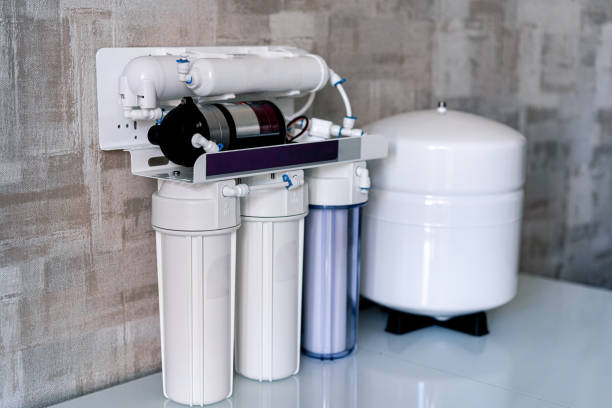
Imagine having to deal with the frustration of low water pressure from the tap. As you’re washing dishes, rinsing vegetables, or taking a shower, the water just isn’t coming out as strongly as it should. You’ve got a few options: you can call a plumber to adjust the pipes, install a pump, or shell out for a new faucet. However, there’s a simpler solution that may be less commonly known: an under-the-counter water system. This innovative plumbing system features fewer components that make it easier to maintain and repair, as well as one important perk—maintaining a healthier level of pressure.
With an under-the-counter water system in Florida, all you need to do is turn a knob to get the desired water pressure. This clever setup keeps the water pressure at an optimum level all on its own, and it requires no additional adjustments. This means no more dealing with reduced pressure due to clogged pipes, or having to manually adjust a pressure gauge. Additionally, since the fewer components of this system are placed under your sink, there is less risk of corrosive damage and leaking, which saves you money in the long run.
So if you’re looking for a simple and cost-effective way to keep your tap water pressure optimal, consider investing in an under-the-counter water system. In this blog post, we’ll explore what makes this system so successful in Florida, and how it can help you unlock the secret of low water pressure.
Discovering the Right Water System For You
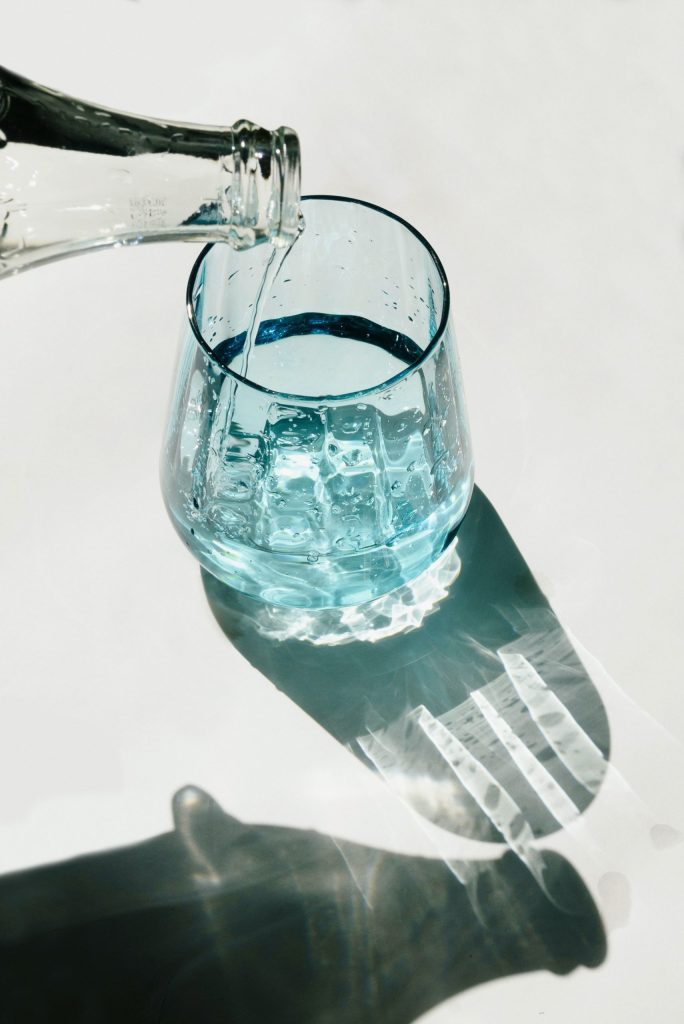
Welcome water lovers to the quest of finding the perfect water system! The modern world has many challenges and environmental issues that we must face to ensure our future on this planet. One of these issues is water supply, as a clean and healthy source of water is essential for our lives. We must be proactive in finding ways to ensure an adequate water supply and keep our water safe, which is why an efficient water system is so important.
Today, we will focus on UV water systems and how they can be beneficial to our lives. This type of water system works by using ultraviolet light to disinfect the water and remove contaminants, bacteria, and viruses. Uv water systems can provide a great deal of convenience, as they eliminate the need for manual labor such as boiling or filtering water. Additionally, because ultraviolet light is a safe and natural form of disinfection, it is better for the environment than other methods.
We will explore the different types of UV water systems available and the benefits that they can offer. We will look at the cost and the various components of the system, so you can decide whether or not a UV water system is the perfect solution for you.
10 Amazing and Fascinating Interesting Facts about Water Systems
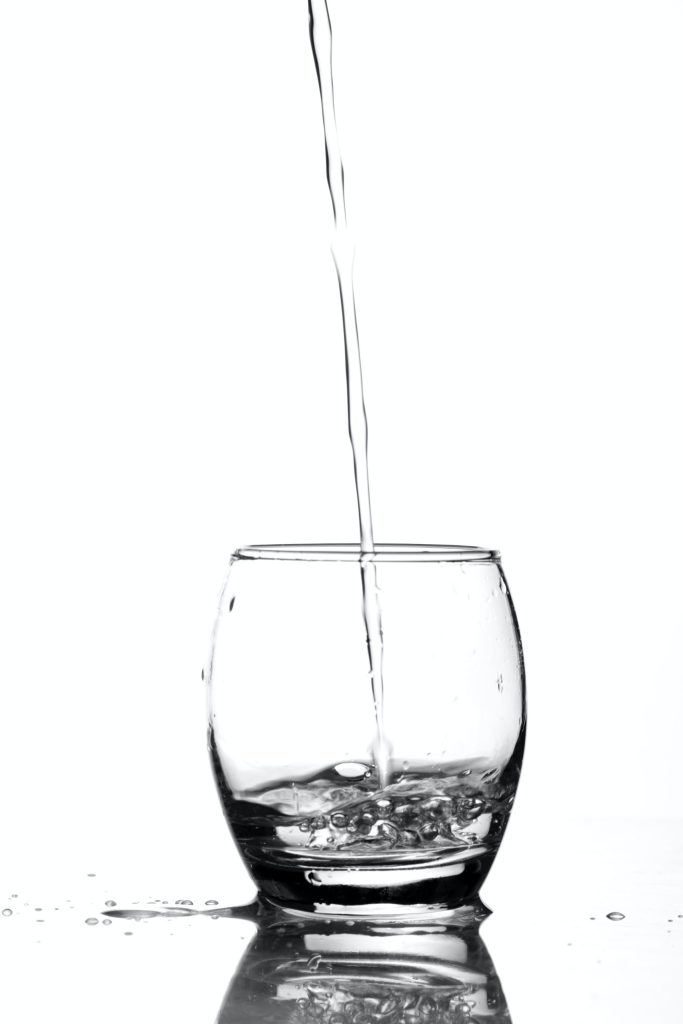
Water is a fundamental component of life on this planet, and the water systems that support it are nothing short of amazing. They have been in place over centuries and even millennia, forming the basis of transportation, food production, and domestic use. From the sluice gates of ancient civilizations to modern-day dams, each component of a water system has its own fascinating history. But, like any complex system, the details are often lost in the everyday bustle. To bring these incredible facts back into the light, this article dives into 10 amazing and interesting facts about water systems, from ancient to modern.
The first water systems date back to around 4,600 BC, when Sumerian engineers constructed an irrigation system in what is now southern Iraq. By making use of canals, dams, and waterwheels, they were able to grow crops more efficiently from the Tigris and Euphrates rivers. This form of hydraulic engineering was adopted by other ancient civilizations including the Egyptians, Greeks, and Romans and helped sustain their populations for centuries.
Water systems were found throughout the world to provide essential water resources such as drinking water, agricultural irrigation, and energy sources. In some countries, such as India, these structures are still in place and used today. They also played a role in early transportation methods, allowing goods to be moved along waterways and rivers. In fact, the Panama Canal, which opened in 1914, was the most impressive of these projects due to the immense engineering involved. It provided a shorter route between the Atlantic and Pacific oceans and enabled international shipping to take place without having to circumnavigate South America.
For those who are interested in learning more about these incredible feats of engineering, this article has 10 amazing and fascinating facts about water systems. From the impressive logistics of constructing the Panama Canal to the ancient irrigation networks of Sumerians, these facts will help paint a better picture of the complexity of water systems and their importance in our lives. So, if you want to find out more about the incredible feats of hydraulic engineering, read on for the top 10 amazing and interesting facts about water systems!
What are the 7 stages of the purification of water?
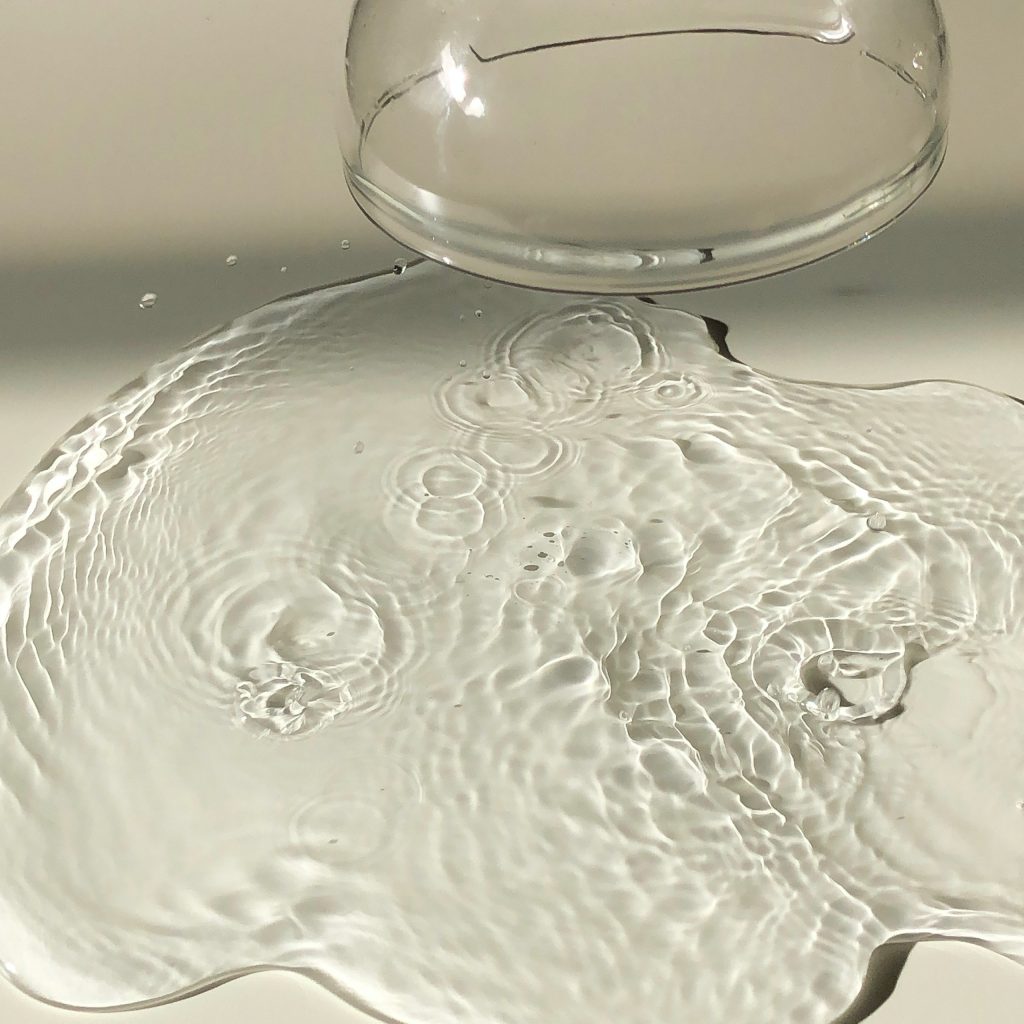
What are the 7 stages of purification of water?

